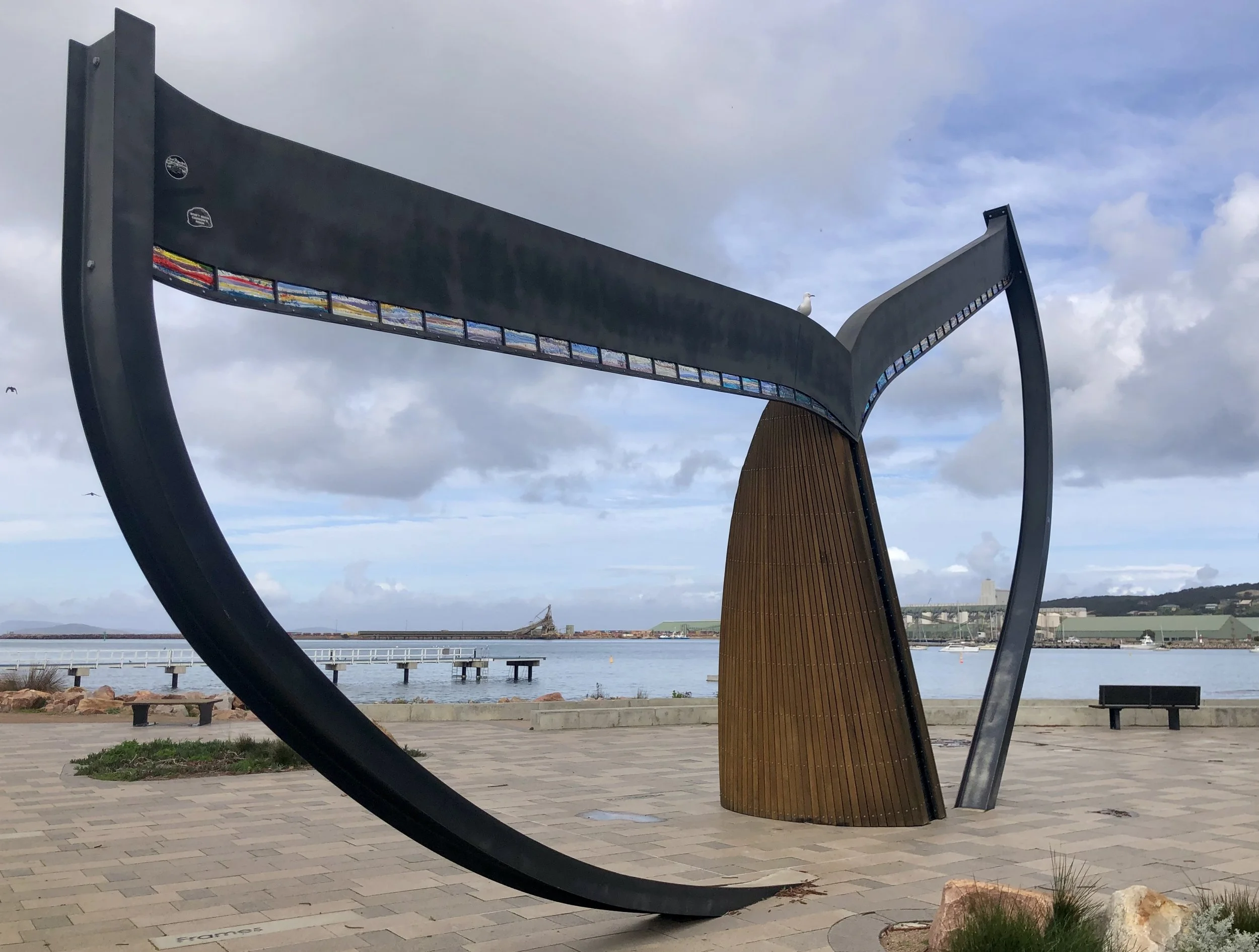Great Western Woodlands
Salmon Gums
Forests hide wonders we are only just beginning to explore
The Hidden Life of Trees Peter Wohlleben
If you don’t know much about how trees live, read Wohlleben’s book. It taught me so much; and it’s not an exaggeration to say it changed my life. I’ve always loved trees – who doesn’t? – but now I’m in awe, and even more fiercely protective, of them. The sight of a lone tree, misshapen in the elements, is disconcerting. Trees need trees.
It has long bothered me that I cannot easily identify trees. I did fractionally better in Australia – ‘It’s a gum!’. Slowly it dawned on me, however, that it is a far, far better thing to understand how they work.
If you clear land, for whatever reason – to build an extension to your property, grow more crops, park your caravan or multiple vehicles off road – and you do not plant replacements, or generously support those who do; or, perhaps even worse, you leave a token broken tree, then you are an environmental vandal.
The Great Western Woodlands (GWW) were a big surprise, but not a pleasant one. Nobody in the bookshop where I bought my Guide, or in the tourist information office, mentioned that these forests had been decimated by fire a few months before we got there (see this ABC report from 2020). Western Australia had serious bushfires before Victoria did, over New Year 2020. I should have done more research, but on a tighter trip schedule than expected, with destinations and lengths-of-stay subject to change, there was little ‘library time’ once we were underway.
After the Nullarbor’s arid scapes, I’d been looking forward to a day in the forest on the Woodlands Discovery Trail. But instead of subtle transitions between species of gum and heath, there were blackened trunks and stumps; and long low piles of ash in branch formations, presumably created as trees continued to burn after they fell. There had been blackened trees along the Eyre Highway on the way to Norseman from the east, but I never imagined there would be worse to the west. We didn’t see another soul with whom to share our shock, and grief, for that is what it is, when trees die.
We sped along the Hyden-Norseman Road, a well-graded sandy track, hoping to cross a firebreak and burst into bright, healthy woodland. We never made it to Lake Johnston Lookout, our original aim. We climbed Disappointment Rock when we got to it, and then drove back to Norseman in subdued silence. Here was a massive area reduced to the unrecognizable. Sure, we knew how devastating bushfires could be, but this had been no ordinary super-dry scrub: it was the largest remaining area of intact Mediterranean-climate, or temperate, woodland on Earth – 16 million hectares, almost three times the size of Tasmania.
Four-fifths of the Woodlands lay in an arid climate zone, yet they supported a huge variety of life. Eucalypts covered more than 60% of the area; shrubland and heath 20%; mallee 10%; with grassland, salt lakes and rock outcrops making up the rest. It supported more than a fifth of all Australia’s species of flowering plants.
Many European pastoralists came to the region from the 1860s onwards, but a lack of underground water moved them on north and east. In the 1920s there was a plan to settle more than 3000 families between the towns of Hyden and Salmon Gums, but the Great Depression scuppered that. Again in 1979, the WA state government tried to turn the southern reaches of the GWW over to farming, but the Woodlands escaped. Until the fires.
By now recovery must be well underway. Hopefully, remnants of the region’s huge variety of plant life will make the Western Woodlands great again.
Sandy track through sprinkles
Ghosts
A burnt burr
New shoots
Unlike the GWW, Disappointment Rock surpassed all expectations. There have been many granite domes and outcrops, large and small, on our travels. This dome was a challenge in strong wind and brief sharp showers, but once on the top there were distractions from the devastation we’d seen earlier. And by then there were sun bursts, too.
On the up
Pool on the top
Pedestal rock
‘Water eyes’
Lichen like velvet
Lake Cowan, near Norseman


























